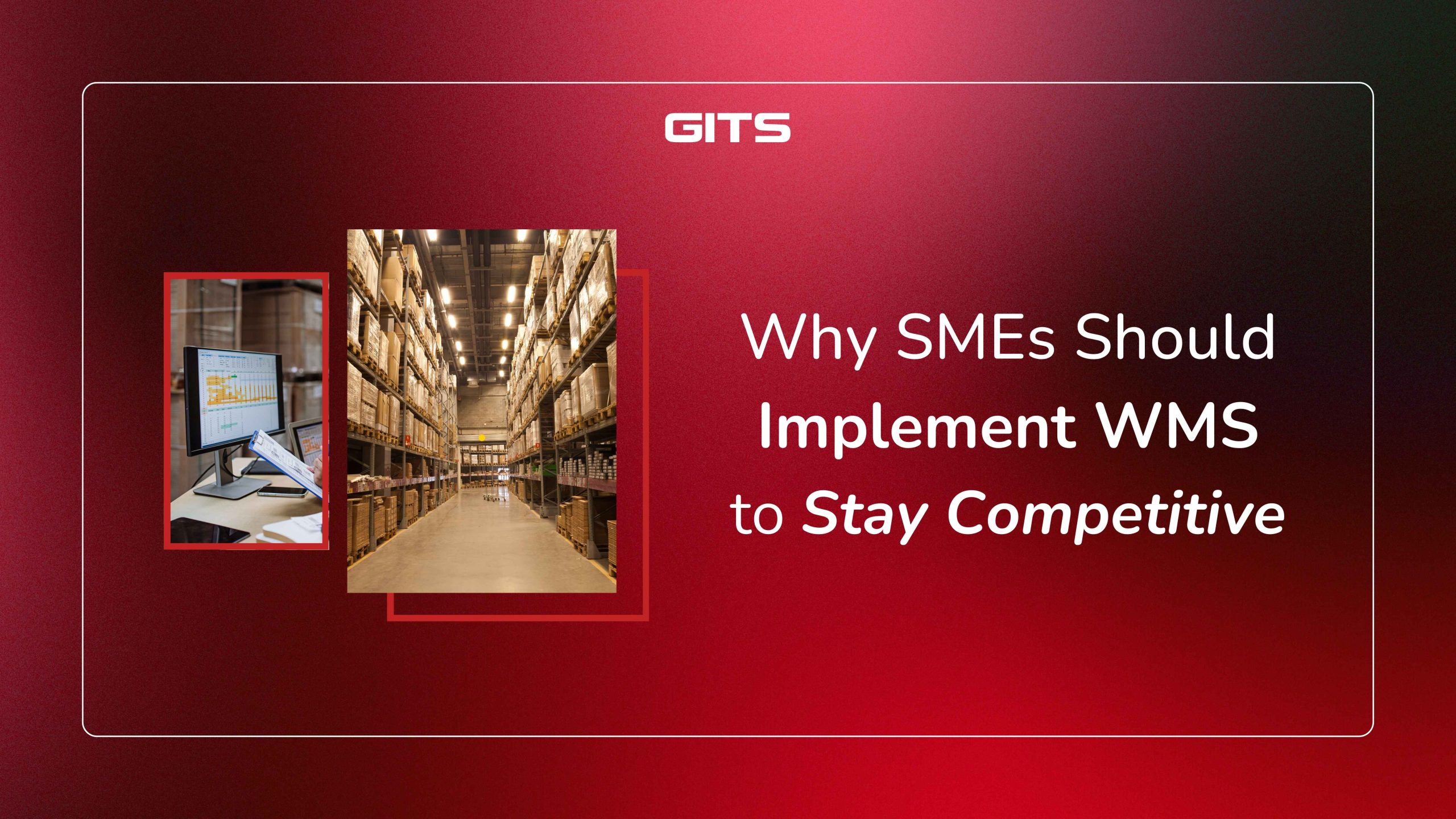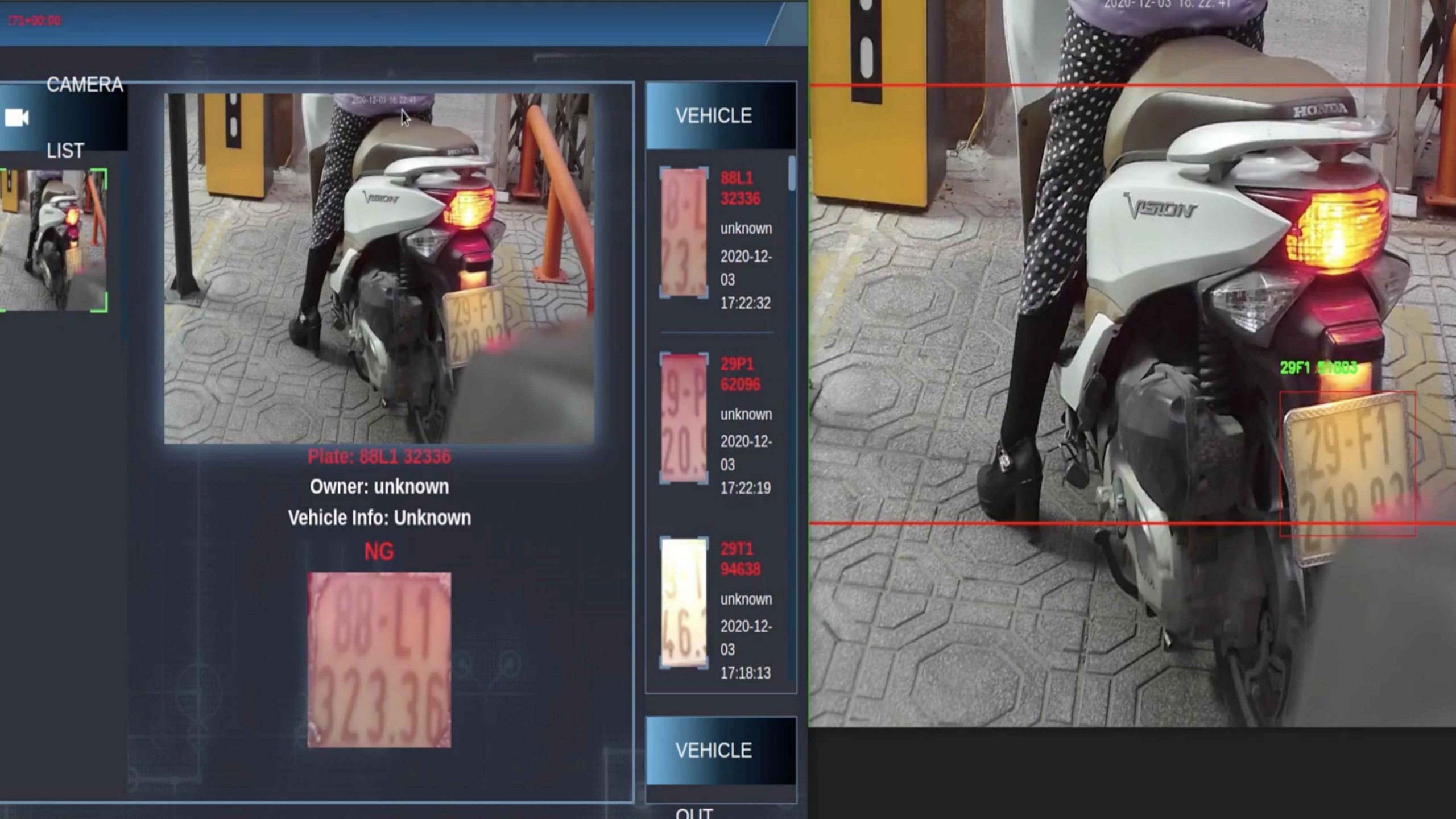Introduction
In the fast-paced world of retail, accurately predicting product demand is essential for maintaining optimal inventory levels, minimizing waste, and maximizing revenue. However, many companies struggle with traditional forecasting methods that rely on historical data and human intuition. GITS collaborated with a major Japanese retail company to develop an AI-powered Demand Forecasting system that revolutionized how they manage inventory and plan orders. This case study explores the challenges faced by our client, the solutions we implemented, and the impact of our AI-driven approach.
About the customer
Our client, a well-established Japanese retail company, faced significant inefficiencies in their demand forecasting process. Their existing IT system struggled to provide accurate predictions, leading to inventory shortages, excess stock, and missed sales opportunities.
Challenges faced by the customer
- Limited Forecasting Accuracy – The client relied on past order records and product information for demand forecasting. However, too many external variables affected accuracy, particularly for new products.
- Manual & Experience-Based Decisions – Many ordering decisions depended on employees’ experience rather than data-driven insights, leading to inconsistencies and inefficiencies.
- Difficulty in Optimizing Order Quantities – Without precise demand forecasting, determining the optimal stock levels for each product was challenging, increasing operational costs.
Our AI-Powered solution
To overcome these challenges, GITS implemented an advanced AI-based Demand Forecasting system with the following key features:
- Multi-Method Forecasting Evaluation – The system used multiple forecasting models, including time-series analysis, machine learning algorithms, and deep learning to improve prediction accuracy.
- Customer Volume Forecasting – AI analyzed purchase trends, customer behavior, and external factors (such as seasonality and promotions) to predict demand.
- Automated Demand Prediction – The system continuously learned from historical data and real-time market changes, ensuring forecasts remained accurate.
- Optimal Order Volume Recommendation – AI-generated insights provided precise stock quantity recommendations, reducing overstock and stockouts.
- Seamless Order Processing Integration – The solution integrated with the client’s order management system, automating procurement based on forecasted demand.
Benefits to the customer
By implementing our AI-driven Demand Forecasting solution, the client achieved:
- Improved Forecast Accuracy – AI-driven insights increased demand prediction accuracy, reducing forecasting errors.
- Optimized Inventory Management – Precise order quantity recommendations minimized overstocking and stock shortages, leading to better cash flow management.
- Data-Driven Decision Making – The reliance on manual, experience-based decisions decreased, making operations more efficient.
- Enhanced Customer Satisfaction – With fewer stockouts and improved availability of products, customer satisfaction and sales improved.
- Operational Cost Reduction – The company saved on warehousing and logistics costs by avoiding unnecessary inventory buildup.
Technologies used
To build a high-performance and scalable Demand Forecasting solution, we leveraged cutting-edge AI technologies:
- AI & Machine Learning Platforms: Amazon AI, Azure Machine Learning, IBM Watson
- Web Application Frameworks: Node.js, React.js
This technology stack ensured that the forecasting system remained robust, flexible, and capable of handling large-scale retail operations.
Results and impact
The introduction of our AI-based Demand Forecasting system led to measurable business improvements:
- Increased Forecast Accuracy by 30% – More precise demand predictions reduced supply chain inefficiencies.
- 20% Reduction in Overstock & Waste – Smarter inventory planning helped optimize stock levels.
- Higher Order Fulfillment Rates – Fewer stockouts led to improved customer retention and satisfaction.
- 50% Faster Decision-Making Process – AI-driven automation eliminated the need for time-consuming manual forecasting.
Conclusion
By adopting an AI-powered Demand Forecasting solution, our client significantly improved their inventory management and operational efficiency. This case study highlights the power of AI in transforming traditional retail practices and driving data-driven decision-making.
If your business is looking to enhance Demand Forecasting capabilities with AI-driven insights, GITS has the expertise to help. Contact us today to learn how we can optimize your supply chain and inventory planning!

















